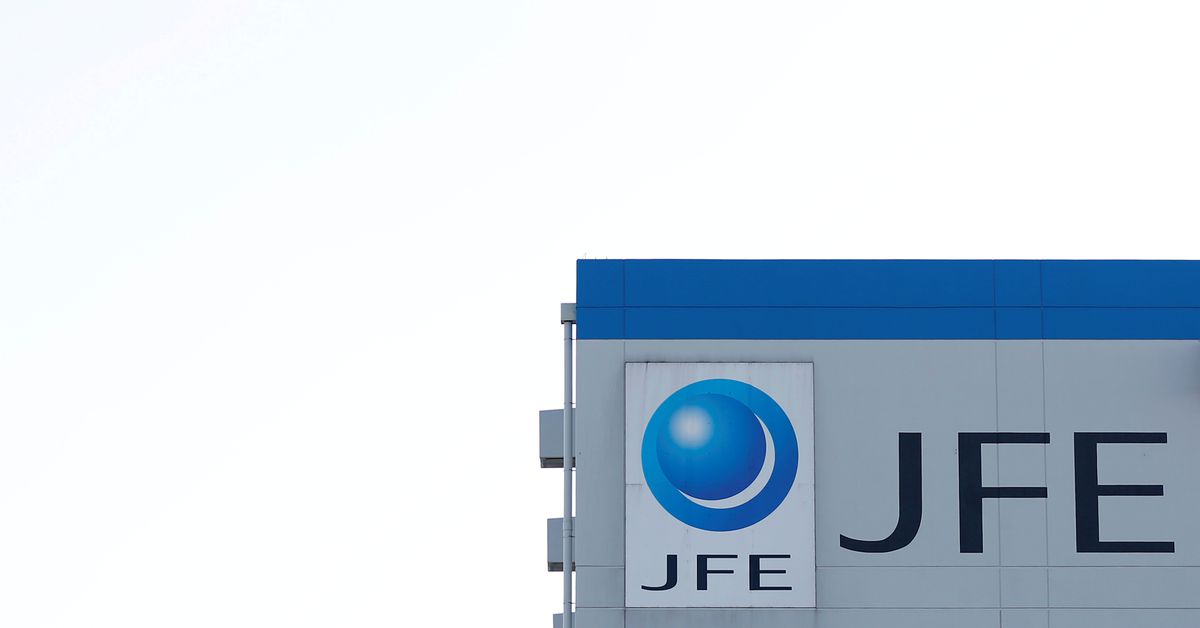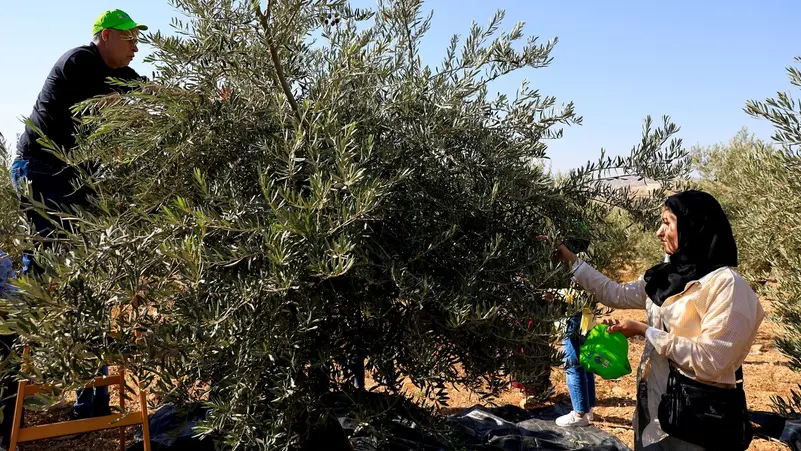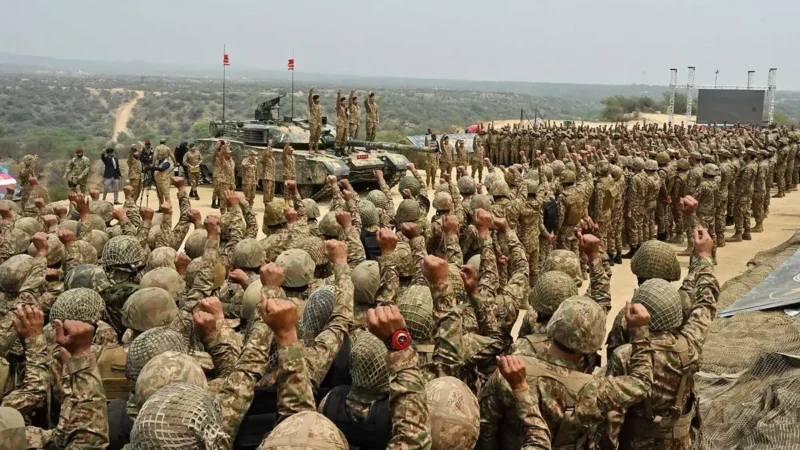Steelmaker JFE set to spend $7.2 bln to cut CO2 emissions

The logo of JFE Holdings Inc is seen at Keihin industrial zone in Kawasaki, south of Tokyo January 30, 2013. REUTERS/Toru Hanai
TOKYO, Sept 1 (Reuters) – Japan’s JFE Steel plans to spend 1 trillion yen ($7.2 billion) on low-carbon technology over the next eight years to achieve its 2030 goal to cut carbon dioxide (CO2) emissions, its president Yoshihisa Kitano said on Thursday, but said government help was needed.
As steelmakers around the world face pressure to cut emissions to tackle climate change, JFE has set itself a goal to reduce its C02 in 2030 by 30% versus 2013 levels.
That compares with Japan’s overall 2030 target to cut CO2 emissions by 46% from 2013.
Register now for FREE unlimited access to Reuters.com Register
Kitano told a news conference the government must help to ensure JFE would get a premium on the sale of lower carbon steel to justify its investments.
“We want government support to give incentives for buyers to seek green products,” he said.
Kitano said JFE expected to invest in low-carbon technology, including electric arc furnaces (EAF) that can recycle scrap, as well as making what he called “wise use” of CO2 by developing “a carbon-recycle blast furnace” and using carbon capture and storage to prevent the release of CO2 into the atmosphere.
Japan’s No.2 steelmaker plans to build a large-scale EAF as early as in 2027 to replace the No.2 blast furnace at its Kurashiki plant in western Japan, Kitano said, without giving an investment size.
JFE Steel, a unit of JFE Holdings Inc (5411.T), will also conduct feasibility studies with Emirates Steel Arkan, the United Arab Emirates’ biggest steelmaker, and Japanese trading house Itochu Corp (8001.T) to create a supply chain of low-carbon ferrous raw material.
Under their plan, Emirates Steel will use natural gas for the direct reduction of iron ore. CO2 emitted in the process will be injected into oilfields to enhance oil recovery.
They aim to start production in late 2025 and produce 2.5 million tonnes per year.
JFE’s investment also includes developing a new method of “carbon-recycling” to make blast furnaces less carbon intensive by using hydrogen to convert CO2 in the exhaust gases into methane for injection back into furnace as an agent to reduce the iron ore.
Register now for FREE unlimited access to Reuters.com Register
Reporting by Yuka Obayashi; editing by Barbara Lewis
Our Standards: The Thomson Reuters Trust Principles.






